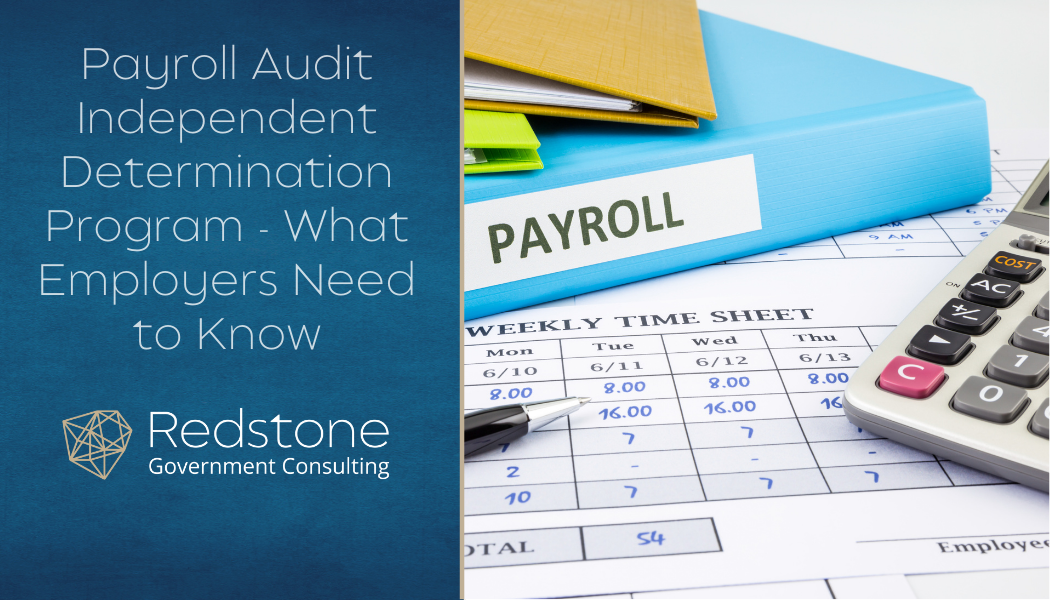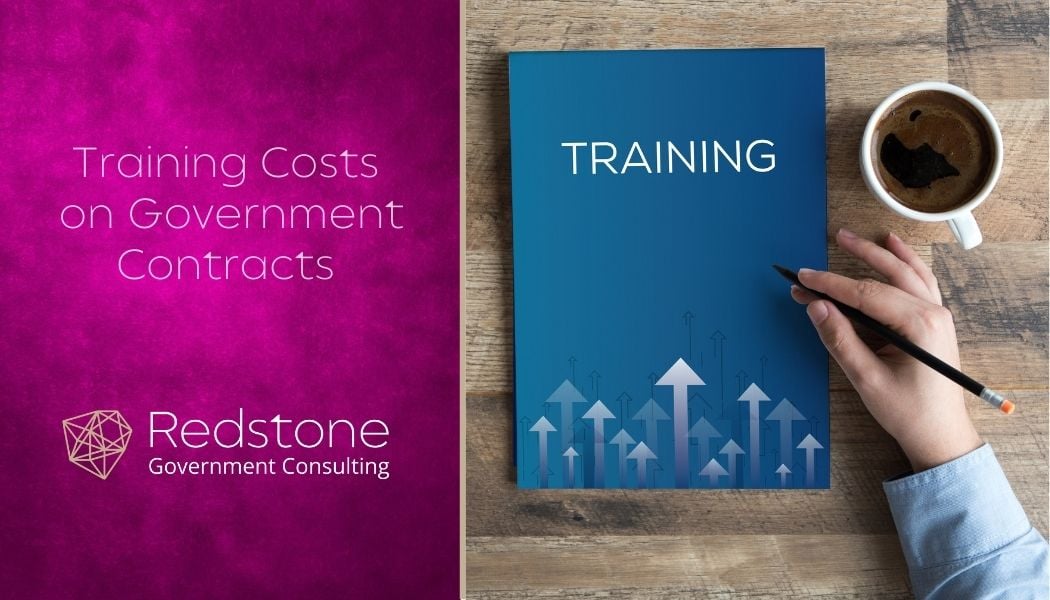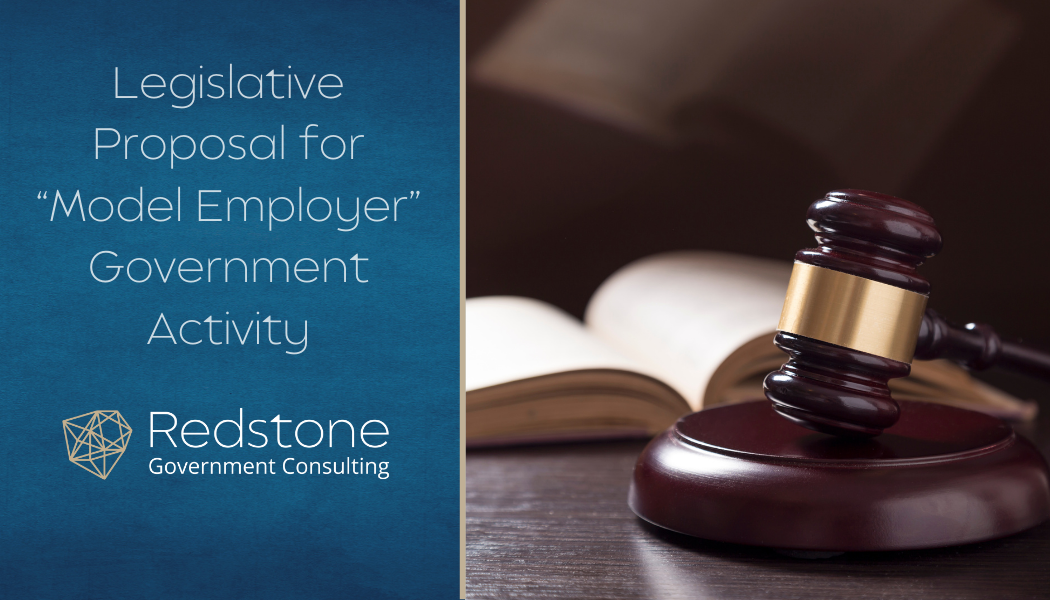Quite often, in practice, we see contractors classifying too much cost as IR&D or more commonly, B&P expense. In a proposal setting, experts from across your company support the development of a compliant proposal. The question we see frequently is: “Who should be charging to B&P Projects?” While a business may want to capture the total cost of a proposal effort, including administrative support from G&A staff, it is not wise to have these personnel charge to a B&P project where their labor will absorb overhead.
Topics: Compliant Accounting Infrastructure, Small Business Compliance, Contracts & Subcontracts Administration, Human Resources
With summer just around the corner, now is the perfect time for your company to advertise internship opportunities. Internships are often a “win-win” opportunity, providing valuable education and training for students while improving workflow for employers.
Topics: Contracts & Subcontracts Administration, Human Resources
The Department of Labor’s Wage & Hour Division has announced a new pilot program expected to launch next month. This initiative, referred to as the Payroll Audit Independent Determination (PAID) program, will allow employers the opportunity to voluntarily correct employee pay and accounting errors which violate the requirements of the Fair Labor Standards Act (FLSA). Though an official launch date has not been announced, the program is set to run for an initial 6 months and is open to all FLSA-covered employers who have not already been sued and/or who are not currently being audited by the Department of Labor (DOL). Eligible employers may enroll online shortly after the launch date (see “How to Enroll” below) and participate in the PAID program through the end of the pilot.
Topics: Compliant Accounting Infrastructure, Contracts & Subcontracts Administration, Human Resources
How does one ensure the financial success of one’s government contracts? If we were to poll twenty-five different government contractors, we would likely get 25 different responses, and most wouldn’t be wrong. Some would say it takes a great program manager, while some would say it takes executive management committed to providing the necessary resources. Others might say it depends on the type of contract being worked or the type of fee being earned. All of these would be correct.
Topics: Contracts & Subcontracts Administration, Human Resources
Companies that incur significant costs for training and education of their workforce should have formal policies and procedures in place to ensure reimbursement on their government contracts and subcontracts. As with all types of costs, there are three major components to consider: allowability, allocability and reasonableness.
Topics: Compliant Accounting Infrastructure, Small Business Compliance, Contracts & Subcontracts Administration, DCAA Audit Support, Human Resources
Wage Determination Fact Finding
In ASBCA Case No. 61040, 61101, Sonoran Technology appeals their claim for an equitable adjustment due to an increase in the Service Contract Act Wage Determination after contract award. The solicitation that controlled this contract award included a SCA wage determination and a Collective Bargaining Agreement (CBA). The bidders were required to use the current SCA wage determination (at the time of the bid) in the formulation of their proposals submitted to the Government. For future increases in SCA wages and/or benefits, the FAR and the contract have provisions/clauses which cover a contract price change for a wage determination for a multi-year contract. The issue here whether a new wage determination, incorporated into the contract, prompted a responsibility for the government to adjust the contract price to compensate Sonoran for a corollary increase in its state gross receipts taxes.
Topics: Compliant Accounting Infrastructure, Small Business Compliance, Contracts & Subcontracts Administration, DCAA Audit Support, Human Resources
The objectives of a timekeeping system are to ensure that labor costs are accurately and timely identified as either direct or indirect in the accounting system. For certain contract types (e.g. cost-type), these accumulated labor costs are reported and billed to the customer. It is the contractor’s responsibility to ensure that the labor costs posted in the timekeeping system are proper and reliable.
Topics: Compliant Accounting Infrastructure, Small Business Compliance, Contracts & Subcontracts Administration, Government Compliance Training, DCAA Audit Support, Human Resources
This article is under review as a result of EO 14173, Ending Illegal Discrimination and Restoring Merit-Based Opportunity, signed by President Trump on January 21, 2025. As we await further information from OFCCP and the courts, please reference this article for current status and action items.
Updated 12-23-2022Are you prepared for a compliance evaluation from the Office of Federal Contract Compliance Programs (OFCCP)? If you’re a government contractor or subcontractor, you likely need to be. The OFCCP is under the umbrella of the Department of Labor and their goal is to “protect workers, promote diversity and enforce the law.” OFCCP administers the following laws, all of which are specific to government contractors:
Topics: Contracts & Subcontracts Administration, Government Compliance Training, Human Resources, Office of Federal Contract Compliance Programs
Outsourcing certain administration functions within an organization has become a trending practice among government contractors. In fact, we have seen a noticeable uptick in outsourced accounting, human resources and contracts administration functions over the past year.
Whether a company chooses to outsource a certain administrative function to fill a temporary void or a permanent one, looking to subcontractors for help makes sense for a number of reasons.
Topics: Compliant Accounting Infrastructure, Small Business Compliance, Contracts & Subcontracts Administration, Human Resources
A Prospective View of Model Employer (Government Contractor)
On April 15, 2015, members of the self-proclaimed Congressional Progressive Caucus called for an Executive Order (EO) which would define a model employer and provide model employers with preferences in terms of government contract awards. The Progressive Caucus envisions an EO which would define a model employer to include a minimum wage of $15/hour, other benefits including paid time off, full-time hours and predictable schedules. As noted by this Caucus, the 2014 EO which raised the minimum wage to $10.10/hour for employees of government contractors was simply not enough to eliminate stagnant wages which tether jobs to poverty and government assistance.
Topics: Compliant Accounting Infrastructure, Employee & Contractor Compensation, Contracts & Subcontracts Administration, DFARS Business Systems, Human Resources








2F%20Affirmative%20Action%20Evaluation-.jpg)

